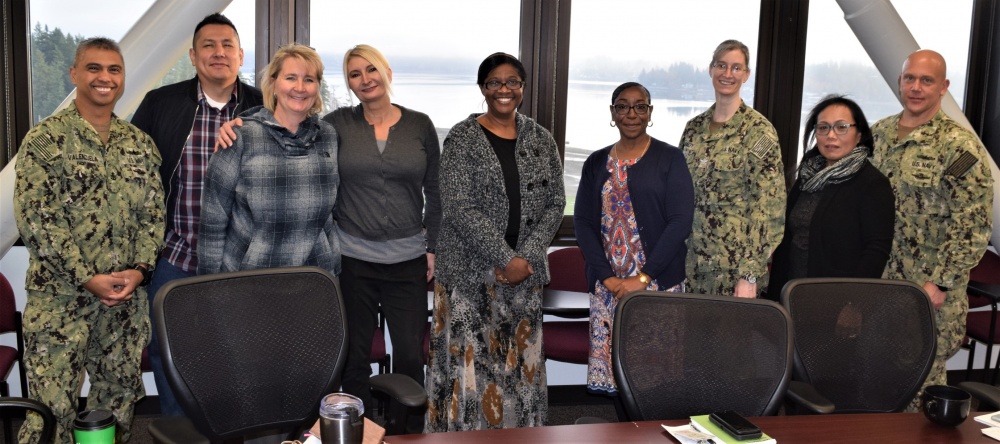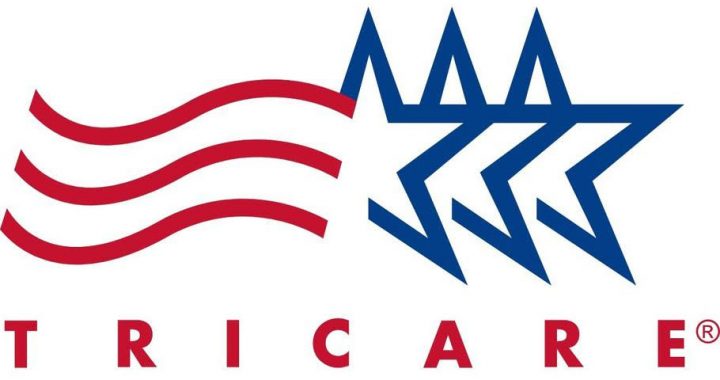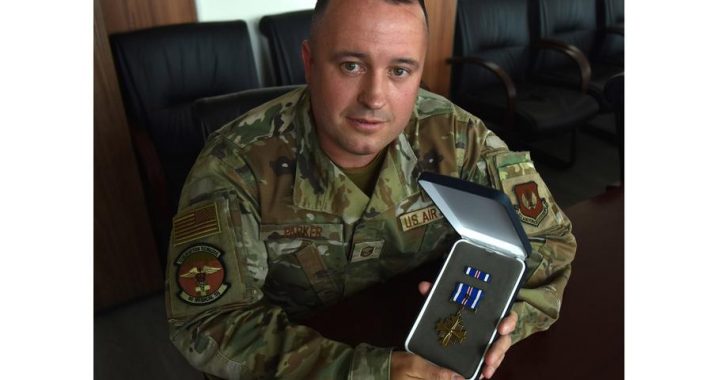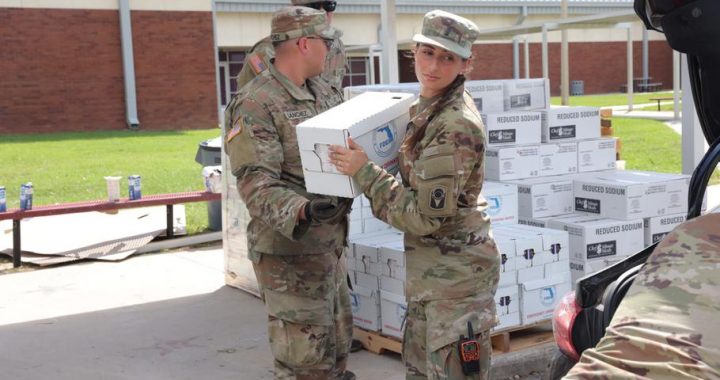Naval Hospital Bremerton Quality Management Setting The Standard
5 min read
BREMERTON , WA, UNITED STATES
Story by Douglas Stutz
Naval Hospital Bremerton
National Healthcare Quality Week has come and gone, but Naval Hospital Bremerton’s (NHB) Quality Management (QM) department attention to patient-centered care continues as a high standard throughout the year.
NHB’s QM department is a collective collaboration of disciplines, including Risk Management division, clinical quality reviewer, patient safety analyst, Infection Control division, medical staff services credentialing office and Lean Six Sigma program,
The combination of efforts by QM promotes clinical and non-clinical process improvement and safety – for staff, patient and visitor – at a healthcare organization like NHB.
“Our Quality Management department is very diverse and a very important part of ensuring direct patient-centered care at our military treatment facility (MTF),” said Capt. Andrea Donalty, chief medical officer and general pediatrician.
Perhaps the most visible – and visual – function of QM comes from Mayda Schaefer, NHB patient safety analyst. Schaefer handles an annual educational event which focuses on enhancing, improving and increasing awareness on a wide range of patient-related safety topics in conjunction with National Patient Safety Awareness Week.
For years, Schaefer has been the prime architect of unique and creative displays. There’s been a circus theme, motion picture Oscars Award theme, Olympics theme, and Wild West theme.
Even a medieval motif, featuring an elaborate mock castle exhibit, with ramparts festooned with National Patient Safety Goals exhibited in a middle ages design. During that time – roughly from the 5th century through the 15th – people died from the treatment, not just the ailment. There was the ‘Moat of Complacency’ as a gentle reminder to refrain from taking everyday occurrences concerning patient safety for granted. One wrong step – then as now – and it was sink or swim for both patient and provider.
“As members of the National Patient Safety Foundation, we try to take their themes and as usual, create our own take. Our quarterdeck display highlights each patient safety goal and have educational material for staff, patients and visitors,” said Schaefer.
Working closely in tandem with patient safety initiatives and ideas is Infection Control, which is dedicated to preventing healthcare associated infections and implementing necessary steps if there’s any communal infection brought into the MTF.
Infection Control is really a division that incorporates everyone at the command, along with patients and visitors.
During one National Patient Safety Week display with a travel theme, a strategically placed world map showed 48 countries out of 195 countries – less than 25 percent – with coordinated activities to promote hand hygiene in healthcare either as a as part of infection prevention and control activity or patient safety initiative.
According to Amy Salzsieder, hand hygiene is considered the most important measure to avoid the transmission of harmful germs and prevent healthcare-associated infections.
“A lot of people take it for granted, but our hands are really a main pathway of germ transmissions during healthcare and in a hospital setting,” stated Salzsieder.
QM’s Risk Management division focuses on identifying, assessing, and reducing risks to prevent accidental injuries to patients, visitors, and staff, as well as reducing financial loss to the command. Effective risk management prevents injury or loss by providing a safe healthcare environment while also contributing to improvements in the quality of patient care. One such example is the simple change of available seating in a waiting room. The previous chairs had legs that angled outward causing potential tripping hazards. Those chairs were replaced.
NHB’s medical staff services credentialing handles the processes needed to protect the provider, patients and the facility. They certify that the credentials of applicable Naval Hospital Bremerton staff are in accordance with official Navy Medicine instructions and meet Joint Commission standards.
Credentialing can be divided into two overlapping administrative requirements; credentialing and privileging. Credentialing and privileging are processes that are used by NHB to ensure that their patients receive their care from educated, trained, certified and/or licensed professionals who qualified to perform certain medical and health care tasks.
QM also coordinates process improvement initiatives and guides efforts to minimize fraud, waste, and mismanagement. QM helps to support the command’s internal control processes with on-going command evaluations, reviews, audits and investigations.
Perhaps the biggest responsibility for QM is the overall coordination when Joint Commission and Bureau of Medicine and Surgery, Medical Inspector General (MED IG) inspection teams who visited the command as they did in February, 2019.
The Joint Commission and MEDIG evaluated the compliance of NHB and its branch health clinics with nationally established Joint Commission and Navy standards of care specific to the needs of patients, including infection prevention and control, leadership, and medication management.
The inspection is conducted approximately every three years at U.S. Navy MTFs like NHB with the survey results used to determine whether, and the conditions under which, accreditation should be awarded to NHB.
By becoming an accredited organization, NHB enhances community confidence, provides a report card for the public, offers an objective evaluation of the organization’s performance, stimulates the organization’s quality improvement efforts, aids in professional staff recruitment, and provides a staff education tool.
.
Joint Commission survey team, consisting of specially trained physicians, nurses, administrators and a facilities expert, examined NHB’s organizational quality of care and the safety of the environment in which care is provided. They evaluated NHB’s compliance with established standards and identified strengths and weaknesses. The overall goal was not merely to identify opportunities for improvement, but also provide education and consultation so health care organizations like NHB can continue to enhance patient safety and healthcare outcomes.
The results of the Joint Commission and MED IG inspection and survey reflected positively on the command’s compliance with Navy standards of care specific to the needs of patients, including infection prevention and control, leadership, and medication management.
A measure of NHB’s success is a direct result of the steady internal ‘accreditation update’ campaign for staff to utilize during daily huddles, which prompt discussions about how patient safety standards pertain to their clinic and work spaces. The updates cover such topical issues as ice machine maintenance, Epi pens, and hand sanitizer dispensers.
NHB leadership lauded the entire QM team for their leadership – and support – throughout the accreditation process for the hospital, and for what they do every day to ensure the next patient that walks through the door of the hospital or branch health clinics receives the safest, highest quality care possible.








